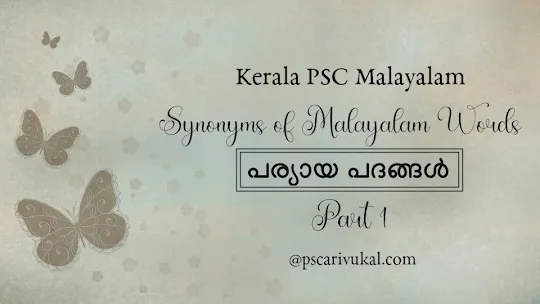RBI is the sole authority in India that can issue all the banknotes of the denomination values of Rs. 2, 5, 10, 20, 50, 100, 1000, 5000, and 10,000 except one rupee note.
Prior to 1934, the Indian government was in charge of currency management. Section 22 of the Reserve Bank of India Act of 1934 gave the RBI authorization to issue currency notes.
Process of Printing
Decision
The whole process of printing notes and minting coins starts when the RBI evaluates the currency needs of the country before every fiscal year based on the projections for the rates of inflation, GDP growth, and electronic transactions.
The regional offices collect and analyze these data quarterly and dispatch them to the RBI main office. There, they prepare an estimate of the cash needed for next year. Once the estimate is final, it consults with the Coins and Currency Division (CCD) of the finance ministry.
RBI, together with CCD, makes the final decision on the number of currencies to print, and it is safeguarded with a high degree of secrecy.
Designing
The Security Paper on which the currency is printed is designed, produced, and supplied to printing presses by two mills:
- Hoshangabad (Madhya Pradesh)
- Established in – 1967
- Under Central Govt. control.
- Mysuru (Karnataka)
- Established in – 2015
- Under RBI control.
The embedding of several security features, such as micro-lettering a three-dimensional watermark, and security threads, is done during the design process. Once the final design for the banknote is approved, it is sent to the country's four printing presses.
It is vital to remember that while the RBI issues and controls money in India, the government of India limits the denominations that can circulate.
Printing Press of RBI
There are 4 printing presses that prints notes in India. Out of which 2 are under the Central Govt's direct control and the other 2 under the control of RBI's subsidiary, the Bharatiya Reserve Bank Note Mudran Private Ltd (a private limited company established in 1995).
Under Central Govt.
- Dewas (MP)
- Nasik (Maharashtra)
Under BRBNMPL
- Mysore (Karnataka)
- Salboni (West Bengal)
The RBI is authorized to print currency in denominations of up to 10,000 rupees.
If the Reserve Bank of India wishes to print more money (over 10,000 rupee denomination), the government must amend the Reserve Bank of India Act.
Minting of Coins
The Coinage Act, 2011 put the Government of India in charge of minting of coins. Coins are minted under the Government of India in the following cities:- Noida
- Kolkata
- Mumbai
- Hyderabad
The RBI's sole responsibility is restricted to distributing coins supplied by the central government.
On November 8, 2016, the Government of India announced the demonetization of all Mahatma Gandhi Series 500 and 1,000 banknotes in an attempt to curb the counterfeiting and corruption and Rs 2000 bank note was issued.
The following denominations are now in circulation: 5, 10, 20, 50,100 and 500 rupee notes, along with the following coins: the 50 paise, and 1, 2, 5, and 10 rupees.
SPMCIL (Security Printing & Minting Corporation of India Ltd)
SPMCIL is a statutory body formed by the Ministry of Finance in 2006. It is the outcome of the nationalization of the Ministry of Finance's security presses and mints.
Nowadays it contains nine units: four mints, four presses and a security paper mill.
- 2 Security presses (Nashik & Hyderabad),
- 2 Currency note presses (Dewas & Nashik),
- 4 Mints (Mumbai, Kolkata, Hyderabad & Noida),
- 1 security paper mill (Narmadapuram)
One Rupee Note
The One Rupee Note (₹1), the smallest denomination note, is issued by the Ministry of Finance, Govt of India. It carries the initials of the Finance Secretary, Govt of India. It has 1 Rupee written in 13 Regional languages on the back of the banknote below the coin image on the left.Printing of these notes has been stopped by Govt of India twice in history:
- In 1926 (restarted in 1940),
- In 1994 (restarted in 2015)
The one rupee note issue was restarted on March 5, 2015 at Srinathji Temple, Rajasthan, by Rajiv Mehrishi, Finance Secretary.
Recently, as per the official Gazette publication on February 7, 2020, the Government of India decided to circulate new currency notes in 2020 with some minor changes.
Also Refer:
Thanks for reading!!!








Post a Comment
Post a Comment